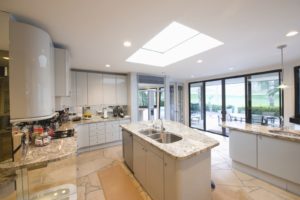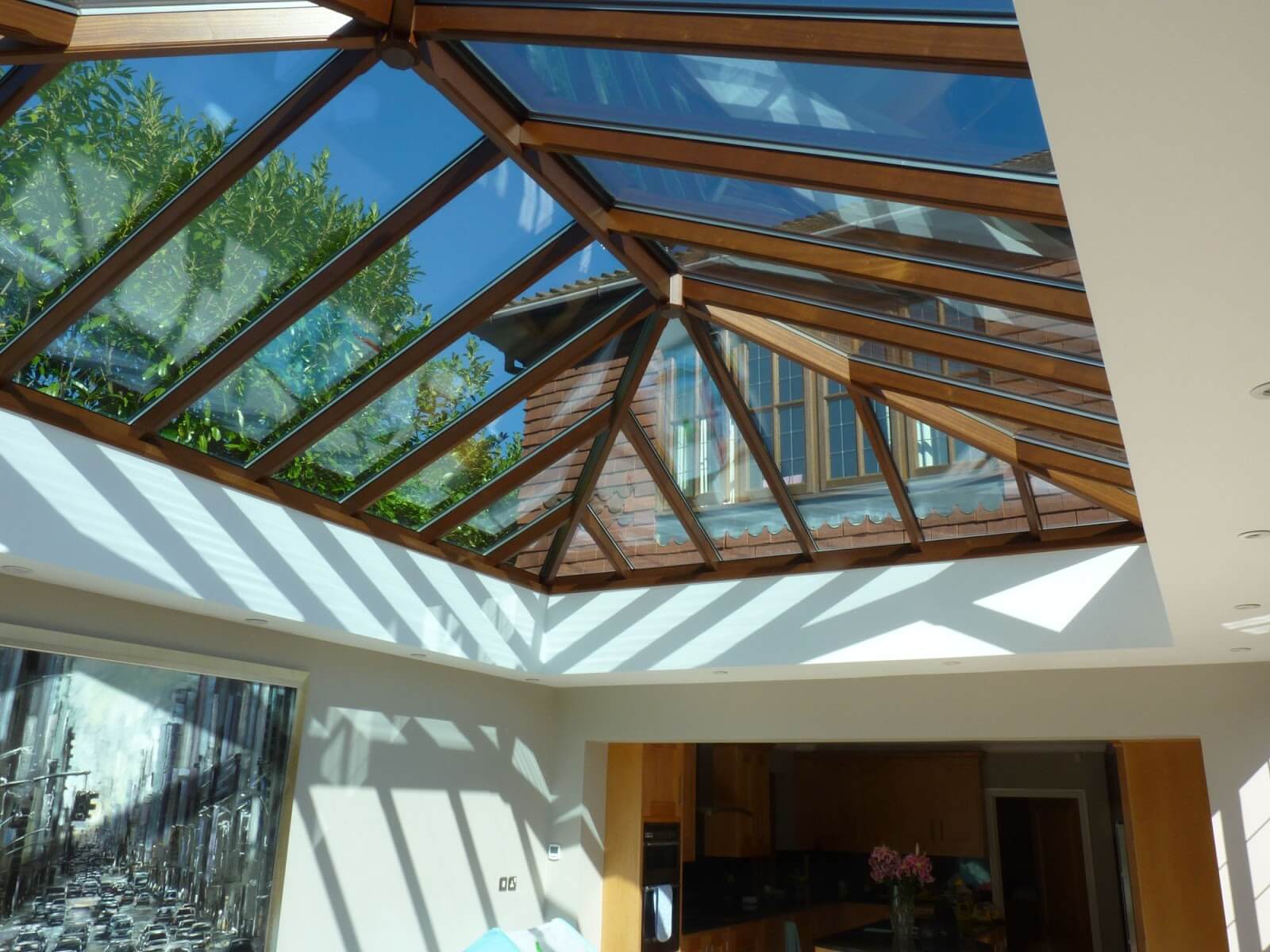Looking to add a touch of rustic charm or contemporary elegance to your home? A wooden roof lantern just might be the perfect architectural focal point. Let’s explore the warmth and character that wood lends […]
The Importance of Installing Your New Rooflights at The Correct Pitch

If you’re investing in your home and installing fixed skylights, you should know how important it is to install your new rooflights at the correct pitch.
Rooflights will not only enhance your home, but they’ll significantly increase the volume of natural light, and as we all know, natural light is what regulates our bodies. But there is no point in installing rooflights, if they aren’t set at the correct pitch.
In the current climate, home owners are turning more and more to home improvements, to adding on extensions, installing conservatories and building into the loft, in a bid to create more space for their family, as an alternative to moving home.
So with this increase in demand for home improvements and a subsequent increase in interest in installing new rooflights, we thought we would put together a blog post to discuss how important it was to install rooflights correctly, and what pitch they need to be installed at.
Fixed rooflight recommended pitch
The recommended pitch for fixed rooflights and fixed skylights, when fitted onto your flat roof, is a minimum of three degrees. This minimum pitch is stipulated through current building regulations.
These three degrees are the absolute minimum that you have to comply with, and they are required to ensure run off of rainwater into the gutters and down drain pipes, rather than pooling on the rooflights.
If you don’t have this recommended pitch of three degrees in your fixed rooflights, when it rains, the water will pool in the middle of the roof windows, not having the ability to run off, and as the water evaporates, it will leave behind a water stain on the window, ruining the glass and the ultimate finish to your rooflights.
Of course, with such a slight incline, there are no guarantees that all individual rain water drops will run off the windows, there might be a few drops that stick to the glass, but any significant pooling of water is prevented from occurring because of this tiny incline.
And the incline is so slight, it is imperceptible to the human eye. To the casual observer, your rooflights are horizontal.
If however you are concerned that a three degree pitch isn’t significant enough to keep water from pooling on your skylights, we would recommend you raise the pitch of the new rooflights to at least five degrees.
Increasing the pitch from three to five degrees is easy for the installer to achieve, all you need to do is increase the height of your upstand.
The upstand is a part of the rooflight fitting process that allows your rooflights to fit as snugly as possible into your roof. An upstand is a frame on which the rooflight sits. This frame gives the rooflight height away from the surface of the roof, affording the correct pitch for the rooflight, ensuring rainwater run off occurs.
The exceptions to the rule
Like any rule, there are always exceptions. And whilst the correct pitch for installing rooflights is between three and five degrees, with three degrees being the bare minimum that building regulations will allow you to get away with, if you are looking to install walk-on rooflights, that standard rooflight pitch requirement changes.
Because walk-on skylights must be as flat to the ground as possible – you don’t want to create any trip hazards. As such we recommend, here at Prestige Roof Lanterns, that all walk-on skylights, either external or internal, are installed with a one degree pitch.
Of course this means that the chances of water pooling on the walk-on rooflight is much higher than with any other type of rooflight because of the lack of pitch, but this is easily remedied in that if you can walk-on the rooflight, you can access it to clean it. Whereas it’s much harder to access skylights up high, without requiring the services of a trusted tradesman.
Finally, the requirements can vary depending on your rooflight manufacturer and installer, so if you opt to use anyone else, you should always consult with them before installation to ensure the rooflight window’s specification matches your roof design.






